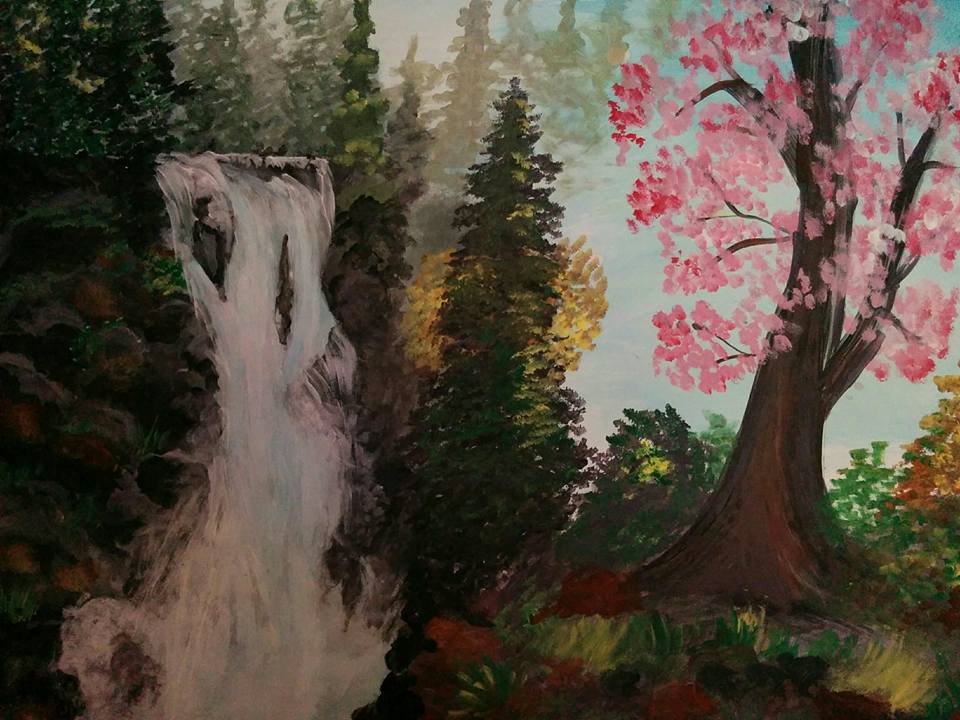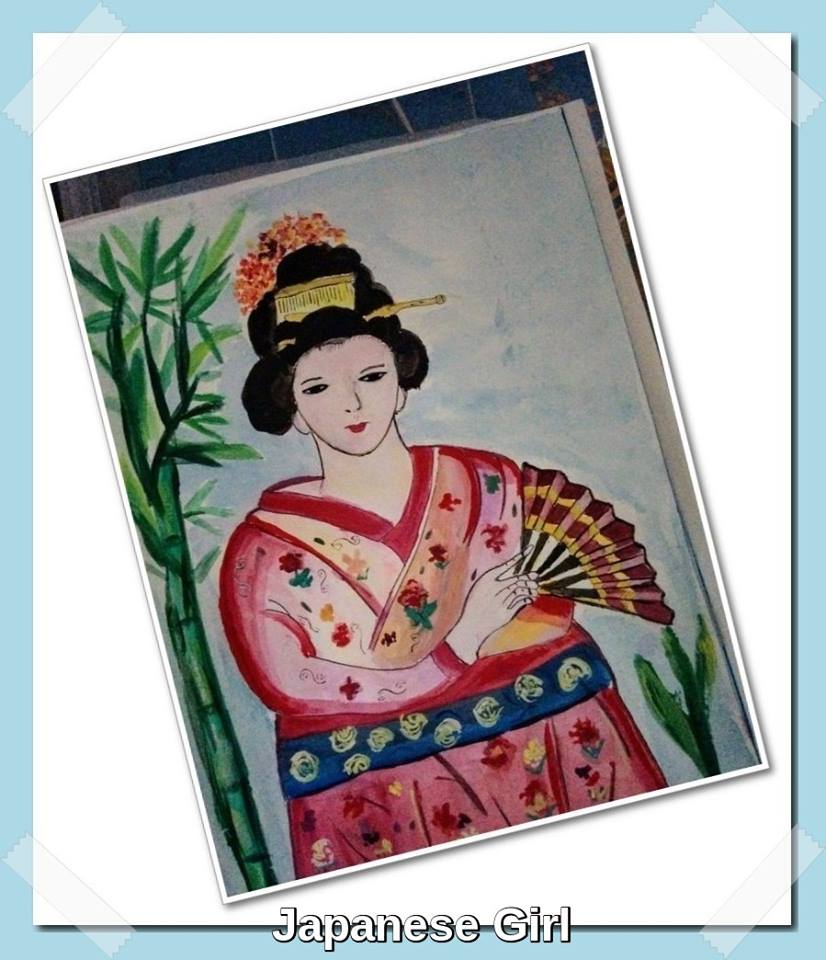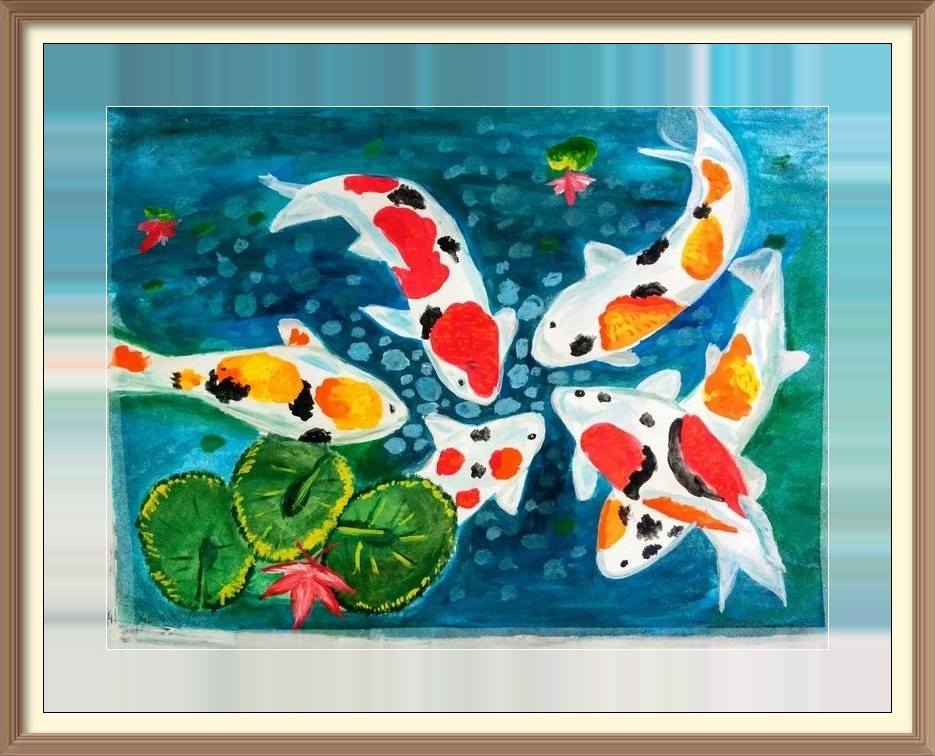Acrylic Paintings
Acrylics are water-based, quick-drying, not reliant on any toxic solvents and can be applied to a wide range of surfaces. When dry, acrylics are lightfast and permanent, and the surface becomes strong and flexible. Acrylics clean up with simple soap and water. In addition to painting with acrylics, you can use these versatile paints for craft projects made of wood, on canvas, on leather and many other surfaces. Acrylics can be applied with brushes, rollers and painting knives; sprayed with an airbrush; poured, spattered or dribbled. You can modify the consistency of acrylic paint with a bewildering variety of gels, pastes and mediums. Because of the properties of its polymer base, acrylic paint can be used in thick applications similar to oils; the paints can also be thinned with water or medium and used in a manner comparable to watercolors. When used with gels, pastes and mediums, acrylics can create effects unattainable with oils or watercolors. In fact, acrylics lend themselves to so many different acrylic painting techniques, the possibilities are practically endless.











